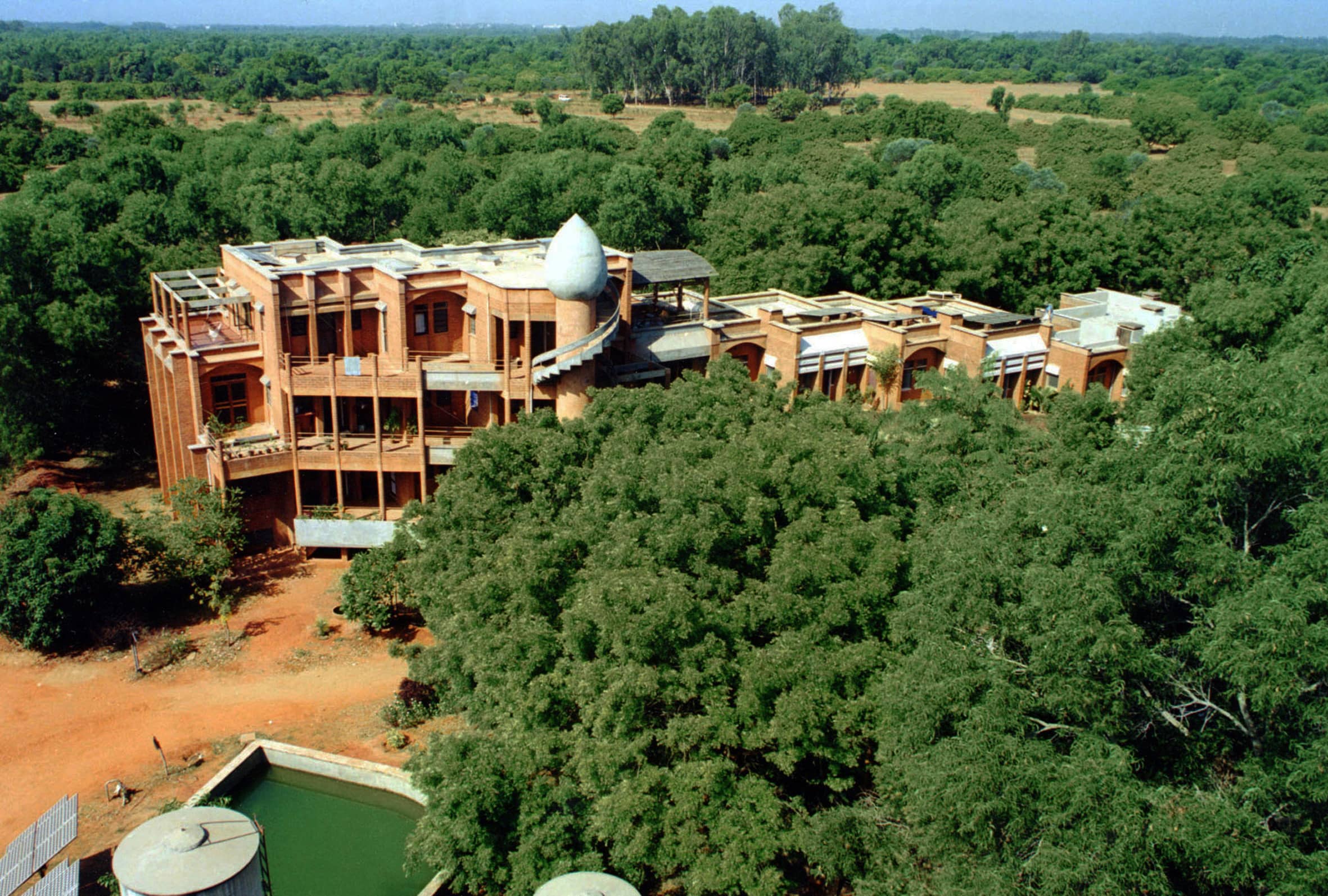Sustainable Development
"We don't inherit the earth from our ancestors, we borrow it from our Children"
- Sustainable Development
- Raw Materials
- Natural Resource Management
- Views of Earth
- Technique Overview
- Earth Dug Out
- Cut Blocks
- Earth Filled In
- Covered Earth
- Traditional Rammed Earth
- Modern Rammed Earth
- Compressed Earth Blocks
- Shaped Earth
- Stacked Earth (Cob)
- Adobe Moulding
- Adobe Buildings
- Extruded Earth
- Wattle and Daub
- Formed Earth (Straw Clay)
- Poured Earth Concrete
- Projected Earth
- Termite Wonders
- Views of Earthen Walls
- AVEI Technologies
- Vaulted Structures
- Stability Notions
- Stability Calculations
- Arches Vaults & Domes (AVD) Construction
- Office of the Earth Institute
- Egyptian Vault
- Catenary Vault
- Deepanam AVD
- Semicircular Vault
- Equilateral Pointed Vault
- Equilateral groined vault
- Bucket Pointed Vault
- Dhyanalinga dome
- Segmental Groined Dome
- Gayatri dome
- AVD Video clips
- Disaster Resistance
- Case Studies
The attempt to sustainable development is to integrate an alternative building process, various appropriate building technologies and renewable energy sources, so as to promote eco-friendly and sustainable development.
In this field earth, as a raw building material, plays a major role, but other appropriate technologies such as ferrocement, biological wastewater treatment, solar lighting, wind and solar pumping are also extensively used.
Multi aspects of Sustainability
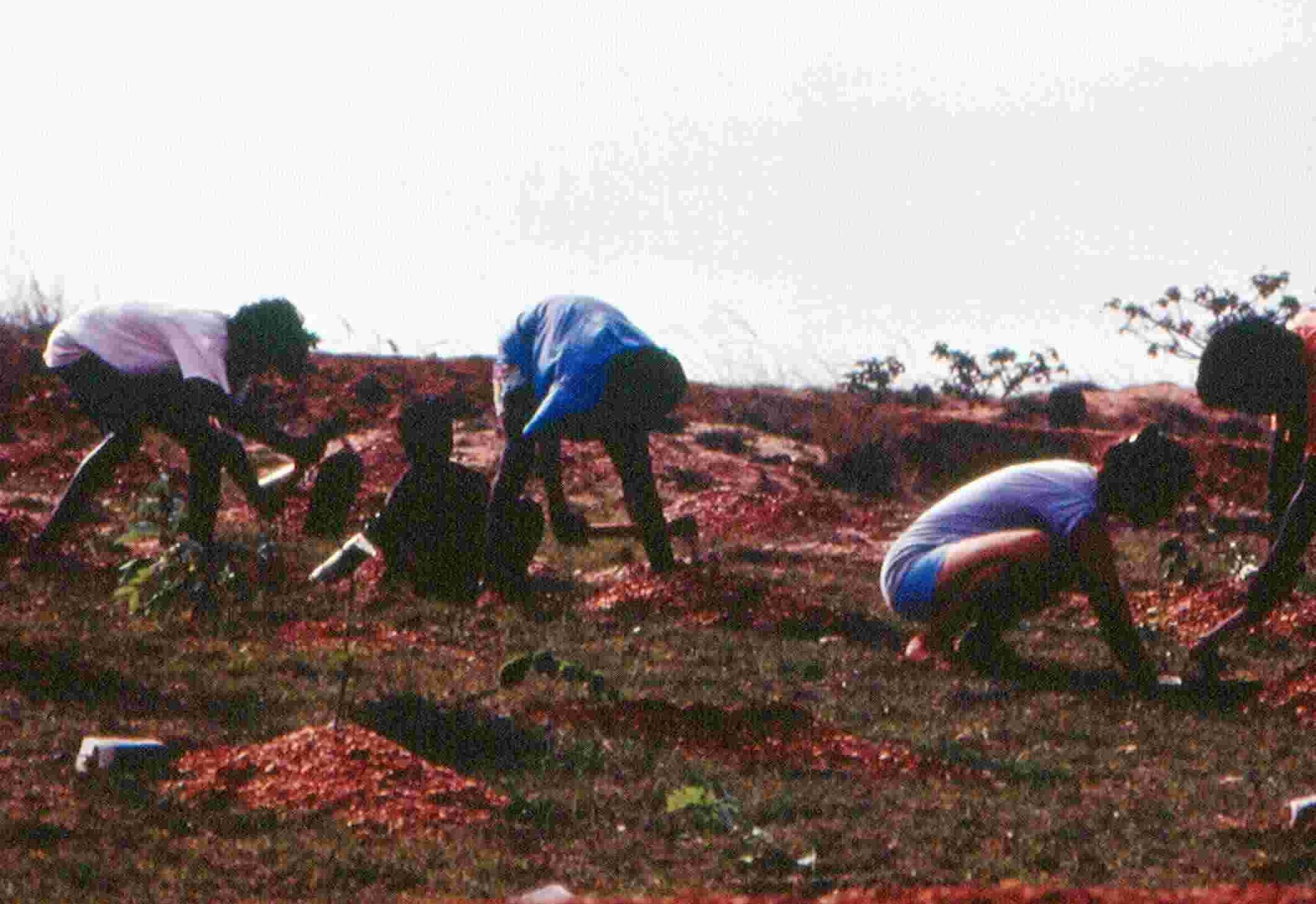
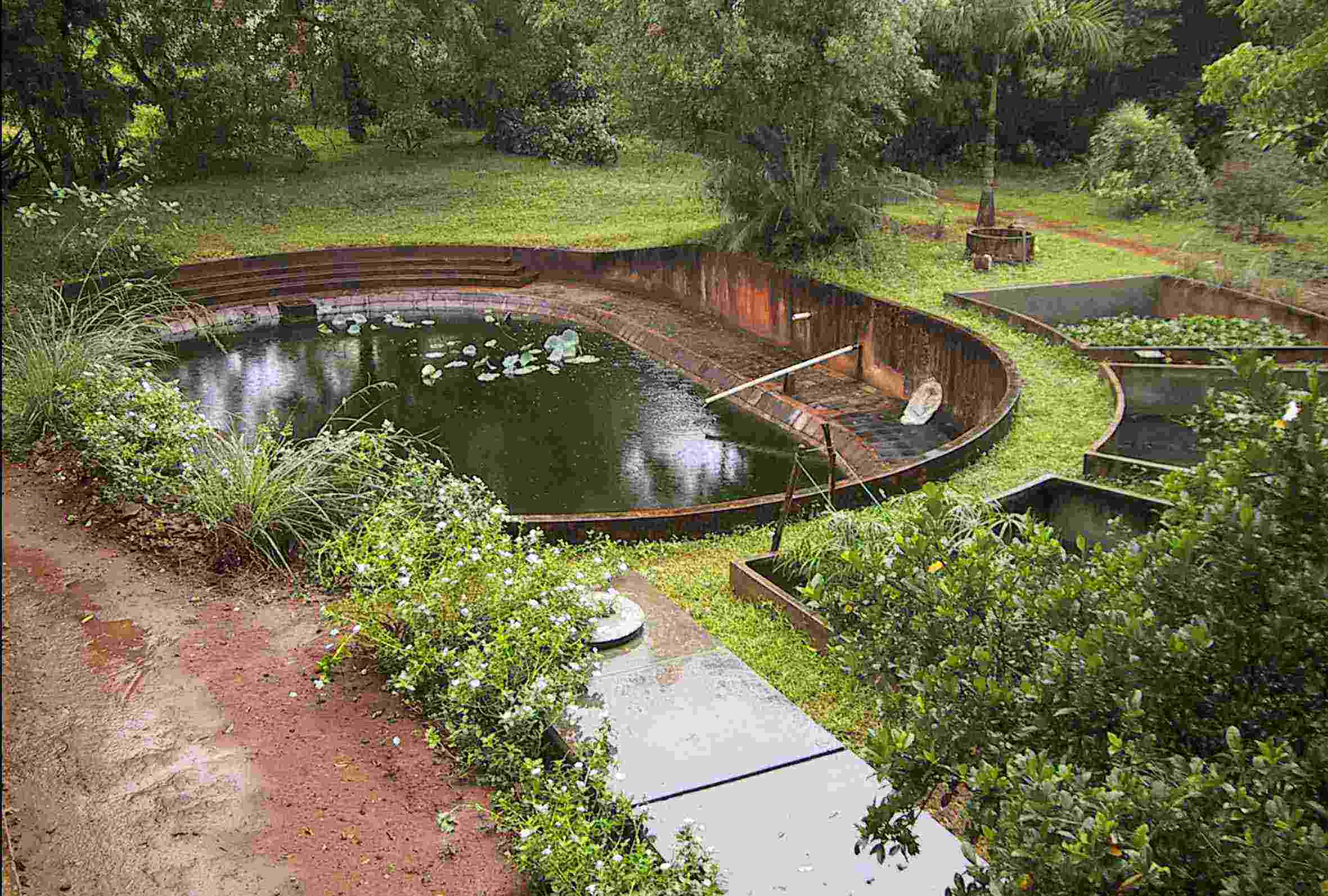
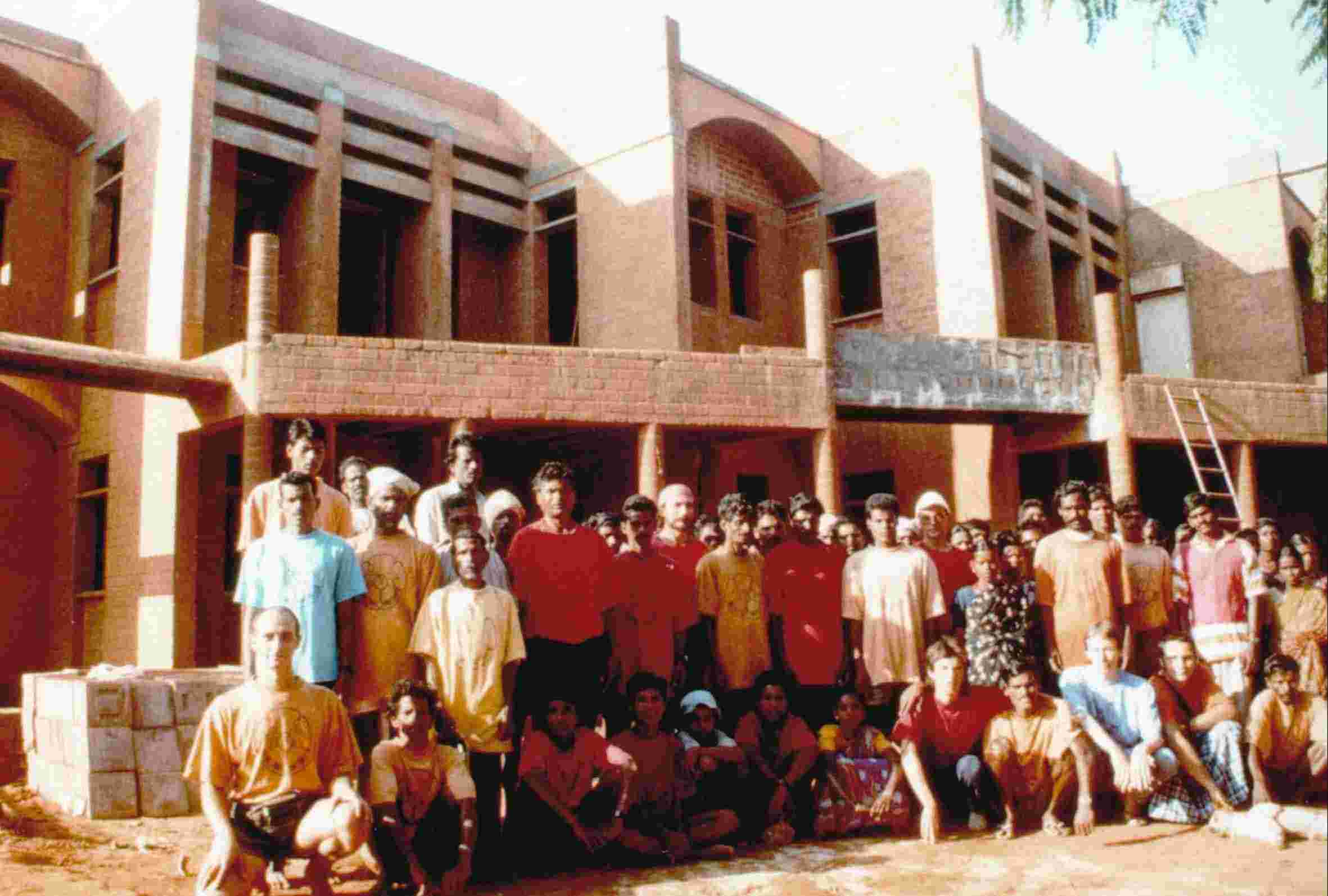
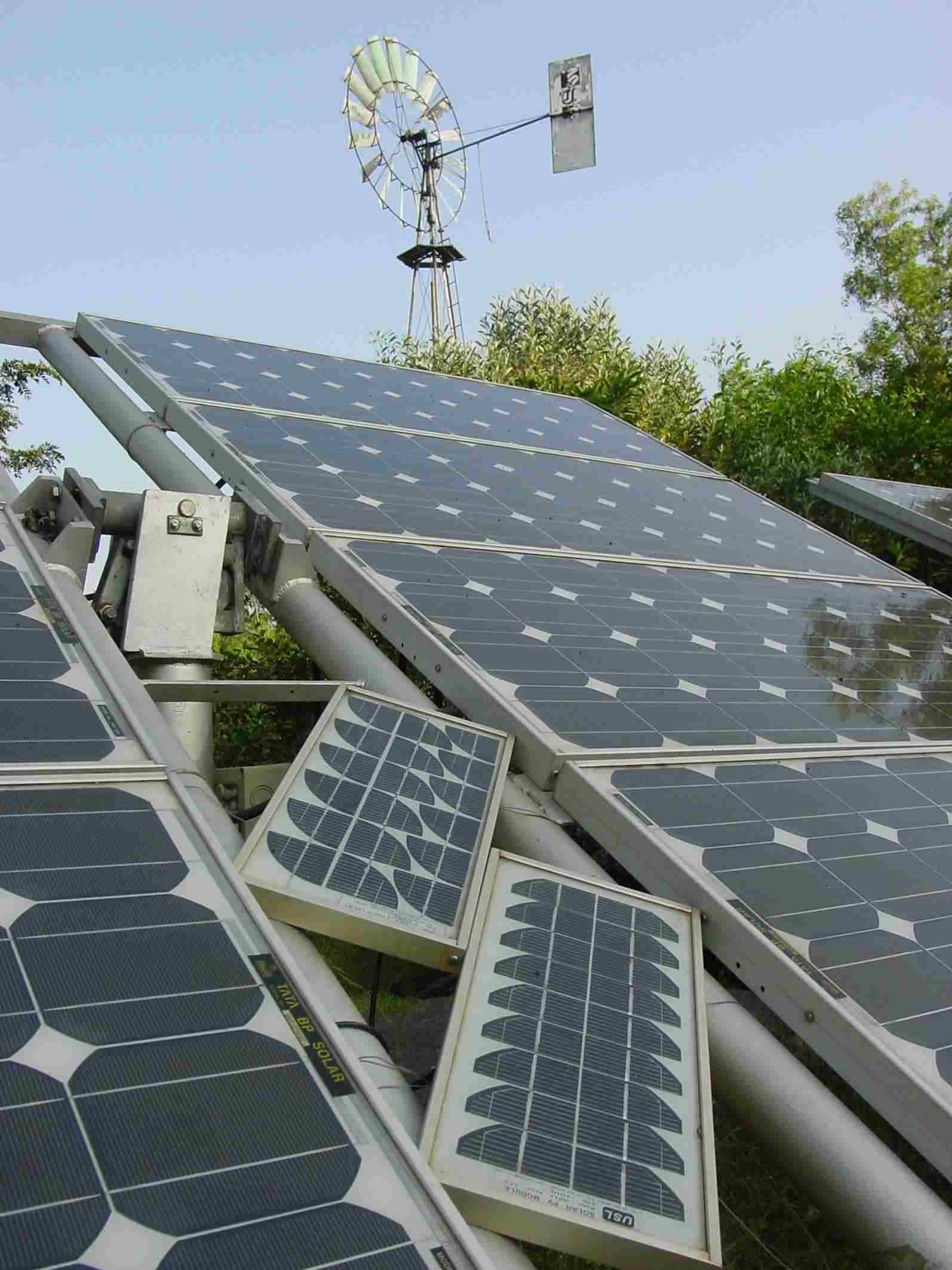
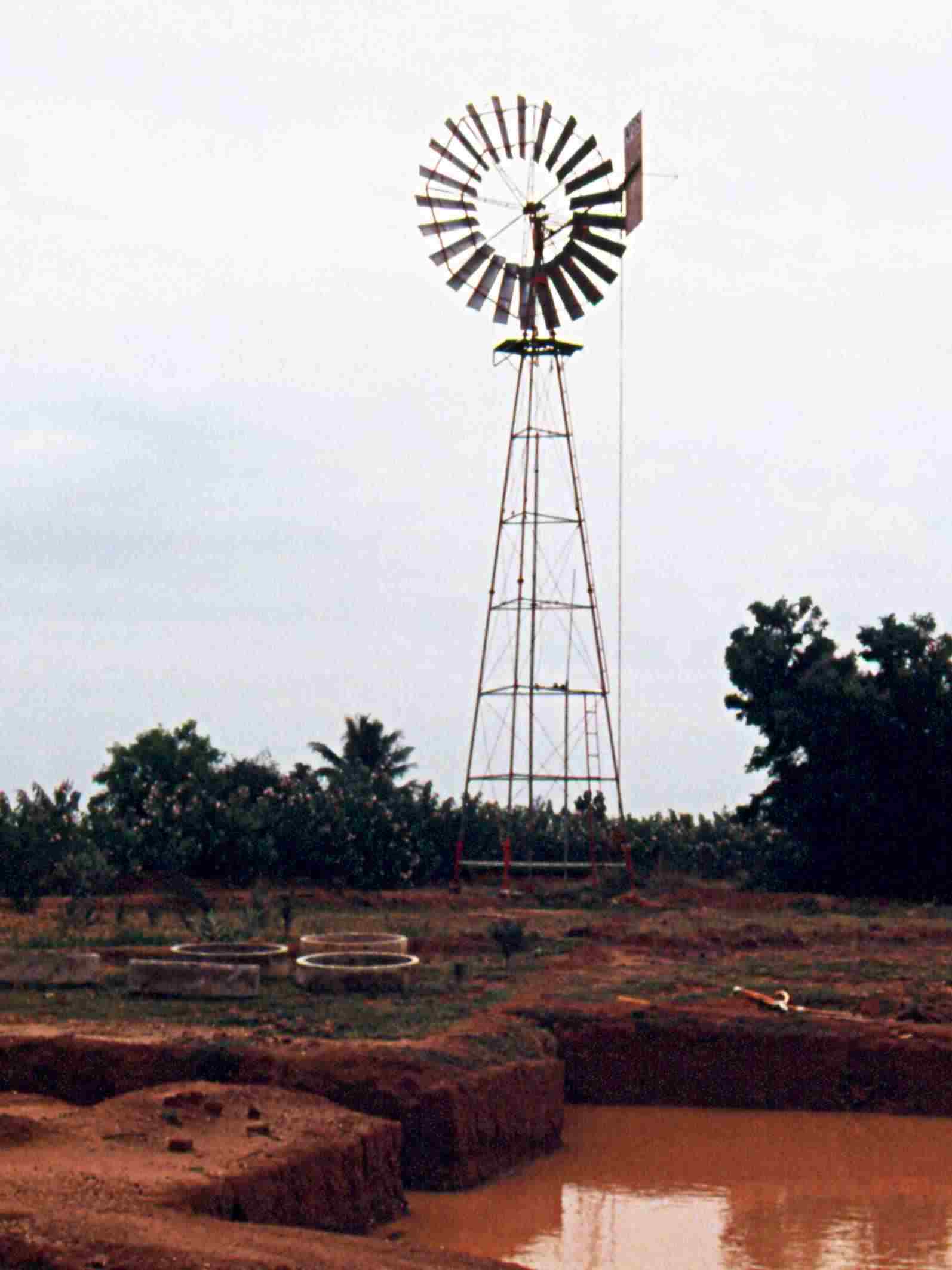



Appropriate building materials and technologies
Appropriate building materials and technologies
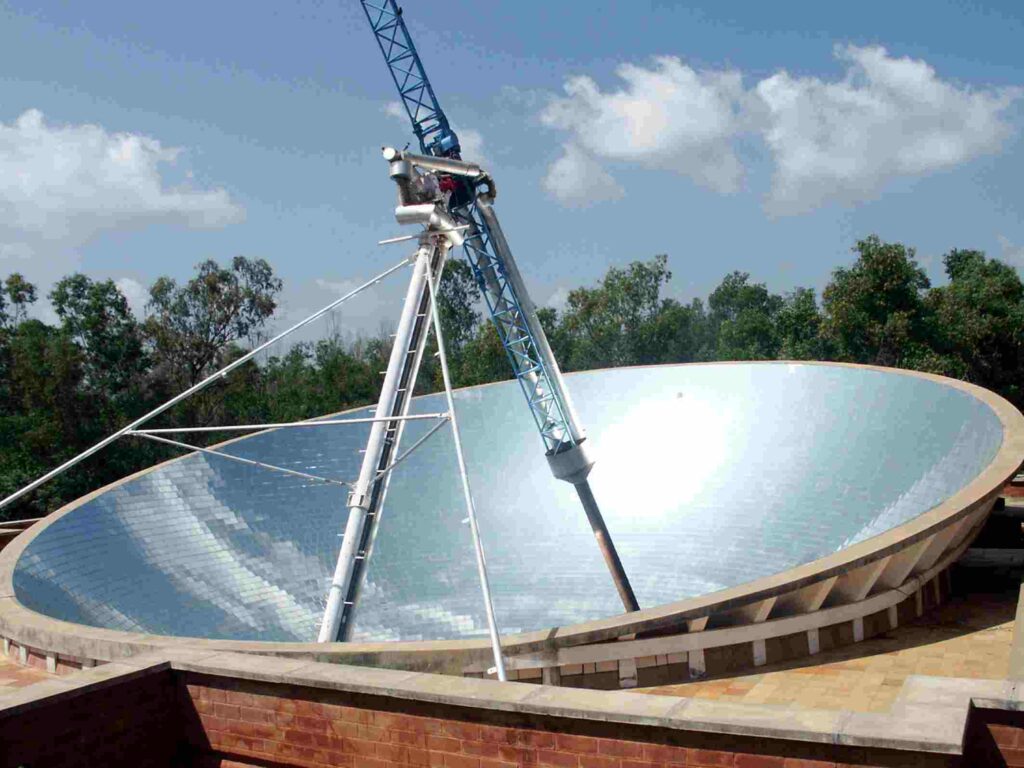
Vikas community near the centre of Auroville has been our main achievement. The implementation of the project was based on appropriate architectural design, on which people collaborated with the architect of the Auroville Earth Institute, formerly named AVBC/Earth Unit.


Vikas community near the centre of Auroville has been our main achievement. The implementation of the project was based on appropriate architectural design, on which people collaborated with the architect of the Auroville Earth Institute, formerly named AVBC/Earth Unit.

Renewable Energies
About Sustainable Development
“Sustainable development is development which meets the needs of the present without compromising the ability of future generations to meet their own needs.”
World Commission on Environment and Development
A few key words
• Respect of Nature but also people
• Needs of people, from most basics ones to economic, social and spiritual growth
• Interdependency, between people and between Nature and people
• Limits of the environment, as the earth resources are limited
It requires first a proper management of resources, but also: waste reduction, proper wastewater treatment, low emissions, use of renewable energy and eco-friendly materials, etc.
It integrates all group categories and levels (ethnic, religious, economic, health, etc.). Quality of life, uplifting local skills, impacts on local communities, etc, should also be taken into account.
It promotes endogenous growth, which is linked with the creation of new market opportunities, cost reduction through efficiency improvements, creation of additional added value, etc.
That building with earth can be synonymous with sustainable development and a harmonious integration of buildings in the physical and social environment.
Kenyan Proverb
A habitat is much wider than simply the built environment, whether a house, a hospital, a school, or any urban facility. It includes the totality of the environment – not only the physical surrounding but also the social one, our neighbourhood. It takes into account a proper management of resources and development such as drainage and wastewater management systems, water and energy supply, transportation, appropriate building technologies, renewable energy sources such as sun and wind energy, use of locally available materials and skills, etc.
Sustainable habitat requires a holistic approach. This needs to integrate first the human aspect, which implies a different process, where people’s participation is essential for its success. Secondly, only a sustainable habitat needs to integrate various technical parameters, such as:
• Appropriate urban planning – the population in its environment and technical means
• Appropriate architecture design – adapted to the environment (physical, social and technical)
• Renewable energy sources and appropriate building materials
• Management of resources and use of environmentally sound building materials
• Water management – drinking water supply, rainwater harvesting and wastewater treatment
• Earth management when people are using earth extensively as a building material
One should not forget that materials and techniques are just tools to achieve sustainable habitats. It goes further than just structures and urban development, as it deals with social relations and patterns. Habitat and especially sustainable habitat cannot be understood just as a finished product. It is a constantly evolving system and the process to develop it is always essential.
Therefore, the matter is not only to create eco-friendly facilities for everyone’s wealth but also to imagine different relations among people – to create a synergy going towards respect on all levels and towards a different lifestyle based on harmony, friendship, disinterestedness and compassion rather than the usual egoistic behaviours of indifference, competition or strife.
Contact US
- Address:Auroville Earth Institute, Auroshilpam, Auroville 605 101 - T.N. India
- Phone:+91 (0) 413 - 262 3330 / 262 3064
- Email:info@earth-auroville.comOpens in your application

